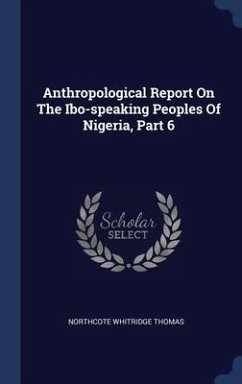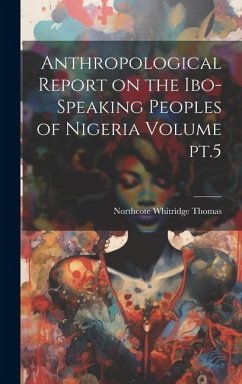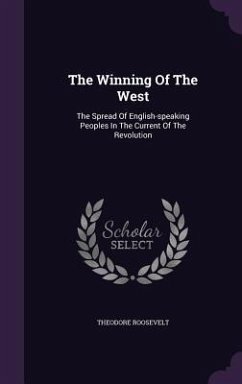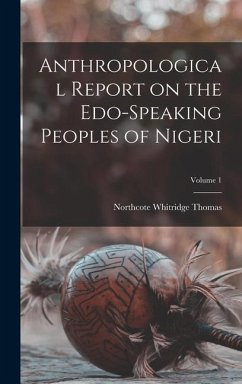
Wu-Speaking Peoples
Versandkostenfrei!
Versandfertig in 6-10 Tagen
23,99 €
inkl. MwSt.

PAYBACK Punkte
12 °P sammeln!
Please note that the content of this book primarily consists of articles available from Wikipedia or other free sources online. Wu-speaking peoples are a Wu Chinese-speaking people who hail from southern Jiangsu province, the city of Shanghai, all of Zhejiang province, as well as smaller populations in Xuancheng prefecture-level city in southern Anhui province, Shangrao, Guangfeng, and Yushan counties of northeastern Jiangxi province, and some parts of Pucheng county in northern Fujian province. For much of history and prehistory, the Wuyue region is home to several neolithic cultures: the Hem...
Please note that the content of this book primarily consists of articles available from Wikipedia or other free sources online. Wu-speaking peoples are a Wu Chinese-speaking people who hail from southern Jiangsu province, the city of Shanghai, all of Zhejiang province, as well as smaller populations in Xuancheng prefecture-level city in southern Anhui province, Shangrao, Guangfeng, and Yushan counties of northeastern Jiangxi province, and some parts of Pucheng county in northern Fujian province. For much of history and prehistory, the Wuyue region is home to several neolithic cultures: the Hemudu culture, Majiabang culture, and the Liangzhu culture. These cultures are related to the Baiyue people in the region that is now called Wuyue. Wu and Yue were two kingdoms during the Zhou dynasty, and many such allusions to those kingdoms were attributed in the Spring and Autumn Annals, the Zuo Zhuan, and the Guoyu. Later, after years of fighting and conflict, the two cultures of Wu and Yue became one culture through mutual contact and cultural diffusion. The Chu state from the west (in Hubei) expanded into this area and defeated the Yue state. After Chu was conquered by Qin, China was unified.












